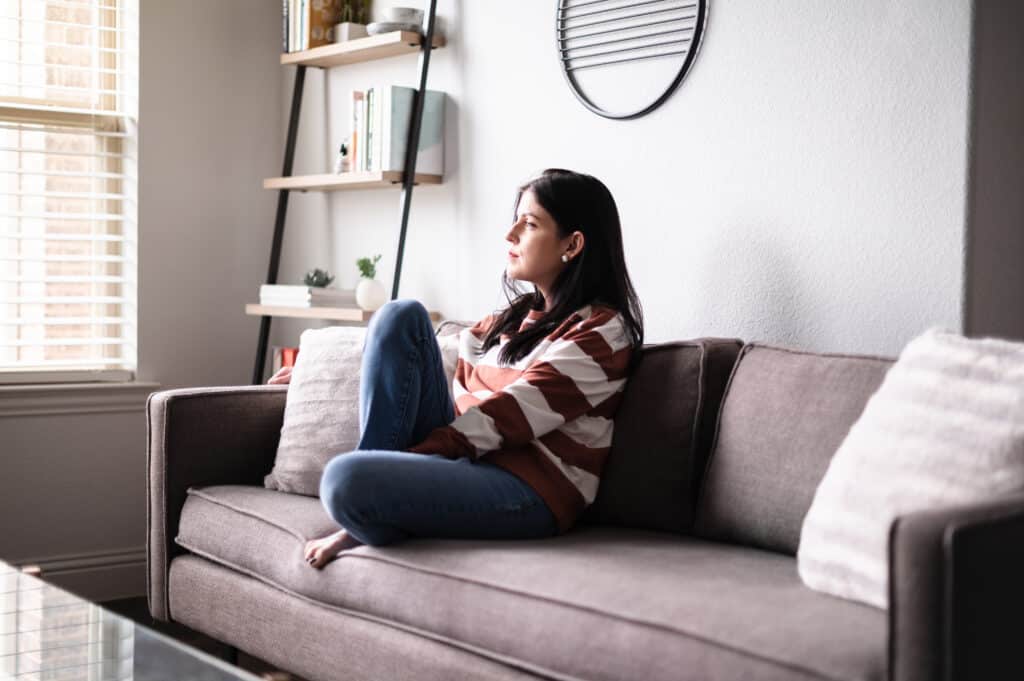
Therapy is a place where we are supposed to feel safe and supported, but for some people, looking their therapist in the eye can be incredibly challenging. This difficulty in maintaining eye contact with a therapist can stem from a variety of reasons, including feelings of shame, fear of judgment, or past traumatic experiences. In this blog post, we will explore some of the common reasons why individuals may struggle to make eye contact with their therapist and how therapists can help create a comfortable environment for their clients.
Feelings of Shame: One common reason why individuals may have trouble making eye contact with their therapist is due to feelings of shame. Opening up about personal struggles and vulnerabilities can be intimidating, and avoiding eye contact may be a way for individuals to protect themselves from feeling exposed or judged. Therapists can help address these feelings by creating a non-judgmental and empathetic space where clients feel accepted and understood.
Fear of Judgment: Another reason why some individuals may avoid making eye contact with their therapist is due to a fear of being judged. Clients may worry that their therapist will look down on them or think less of them if they reveal certain thoughts or emotions. Therapists can work on building trust with their clients through active listening, validation, and empathy to help alleviate fears of judgment and create a more open dialogue.
Past Traumatic Experiences: For individuals who have experienced trauma in the past, making eye contact can trigger feelings of vulnerability or danger. Eye contact may have been associated with threatening situations in the past, leading to avoidance as a coping mechanism. Therapists who are trained in trauma-informed care can work with clients to create safety signals and boundaries that allow for increased comfort during therapy sessions.
Cultural Differences: It’s important to recognize that cultural differences play a role in how eye contact is perceived and used in therapy sessions. In some cultures, prolonged eye contact may be seen as disrespectful or confrontational, while in others it may be considered necessary for effective communication. Therapists should take into account individual preferences and cultural norms when working with clients from diverse backgrounds.
Building Comfort and Trust: Ultimately, therapists play a crucial role in helping clients feel comfortable enough to make eye contact during therapy sessions. By creating a safe and supportive environment, therapists can encourage clients to gradually increase their comfort level with making eye contact over time. Through open communication, validation of emotions, and fostering trust in the therapeutic relationship, therapists can help clients overcome barriers to making eye contact.
Making eye contact with your therapist can be an intimidating experience for many people, but it’s important to remember that it’s okay to feel hesitant or uncomfortable at times. Therapy is a process that takes time and patience, and therapists are there to support you every step of the way. By addressing underlying issues such as shame, fear of judgment, past traumas, and cultural differences, therapists can help create an environment where clients feel safe enough to make meaningful connections through eye contact. Remember that therapy is about growth and healing, so don’t hesitate to communicate your concerns with your therapist so that together you can work towards building trust and comfort in your therapeutic relationship.




